It does require much more regular cleaning than any of my other pens. I'm typically not much into the shimmer inks, but Heart of Gold is amazing!
I've been on it for about two years. It has helped me control my anxiety fairly well, but I can't really speak to weight effects. I have gained weight over the last couple of years, but I also started working from home and have had several major stressors during that span of time. Plus, I'm staring down the age of 50 so my metabolism is also slowing. I didn't notice any side effects from it at all, though, and it has been very well tolerated by my system.
I hope that helped, and good luck spinning the Wheel of Drugs!
That is quite an interesting little guy! Looks like it would make for a pretty good programmer's calculator, but it would still make me wish for shift right/left to be included.
That's a damn shame about the corrosion, given that the outside of the device is in pristine condition.
That is a beautifully well kept and well used machine. I've still got a the calculators that got me through high school, too, and it is such a joy to use them. Well built tools!
That is yet another gorgeous calculator from your collection! I really need to set up an eBay alert for one, and somehow keep my wife from finding out that I'm adding a new calculator to my arsenal.
Which UI do you prefer? I have the TI-89 Titanium and it is glaringly obvious that the OS was written for a device like the TI-92 with a full QWERTY keyboard. Does the 49g+ feel more purposefully designed?
It is a beast of a machine, and one of the best in terms of accuracy and precision. It can handle edge cases in both trig and calculus better than any TI or Sharp scientific calculator on the market, and it is wicked fast. The only thing that kept it from being the perfect scientific calculator was its lack of persistent memory. It has a surprisingly powerful little spreadsheet mode that is completely crippled by the fact that if you power down the calculator, everything is lost. Now that I'm aging and my visual acuity is taking a nosedive, I also find the density of the tiny print above the keys makes it more difficult to use, but it is still one of the first calculators I reach for.
It is a shame about the RPN, though.
The firmware is definitely not open source, nor can it be modified in any way that I'm aware of. The processor is coated in black resin, so you can't get to the pins. That makes reverse engineering much more difficult. There are some graphing calculators that can have custom firmware installed, but the only scientific calculators that I'm aware of with that functionality would be the SwissMicros line of calculators and the new HP 15C Collector's Edition.
That is not only beautiful, but incredibly interesting as well! It is incredibly similar to the fx-991EX, but it has no solar panel and a couple of additional functions. The fx-991EX does not have the product function (ALPHA + x) in the upper right, simplify (ALPHA + (), MCD (ALPHA + *), MCM (ALPHA + /), int (ALPHA + +), intg (ALPHA + -), PreAns (ALPHA + Ans), and two functions that I don't recognize (ALPHA + FRAC) and (ALPHA + SQRT). There are also some localization changes to the trigonometric functions. What a wonderful find!
Gorgeous! I love how it has the same design sensibility as the TI-99/4A computer.
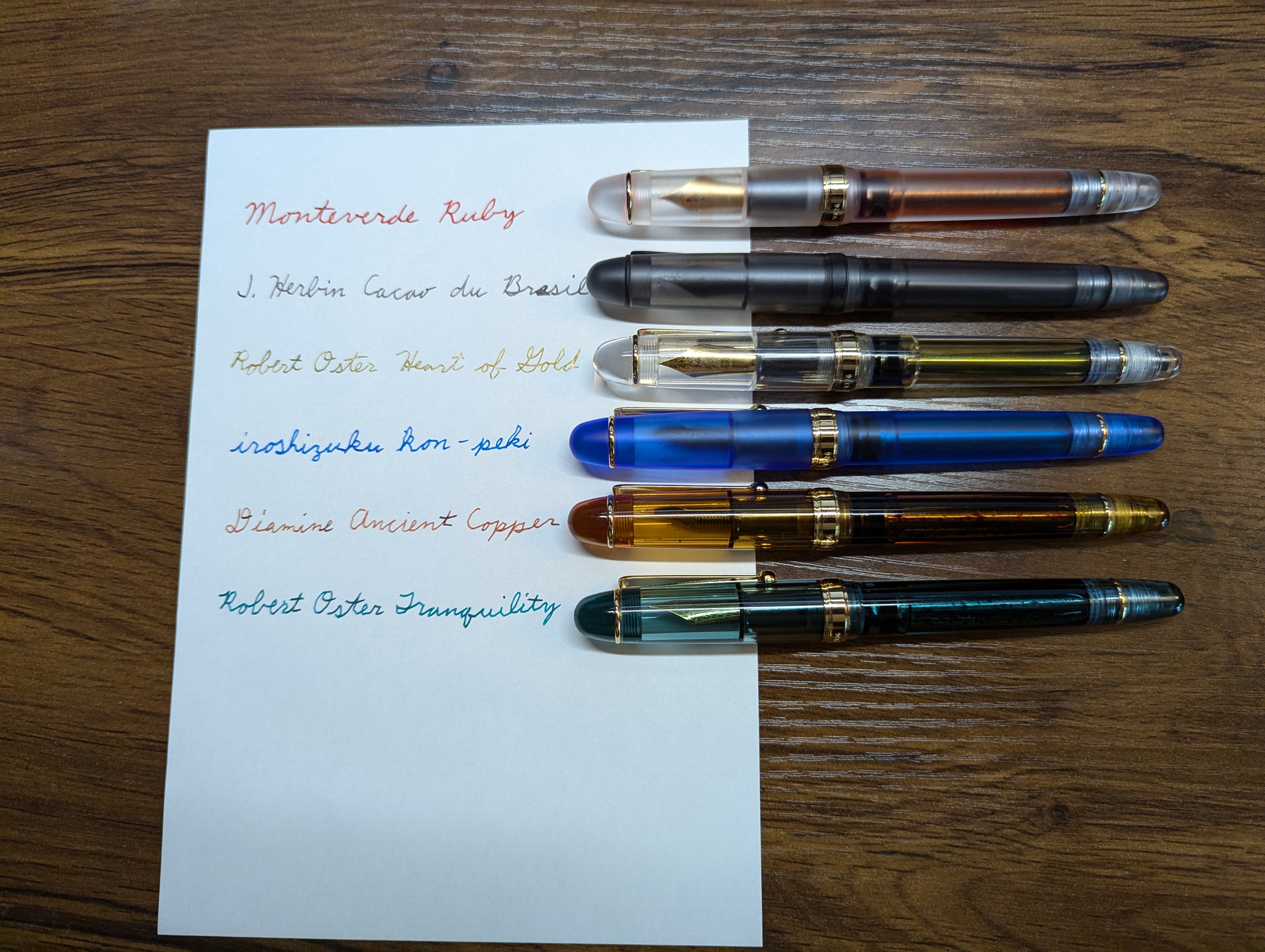
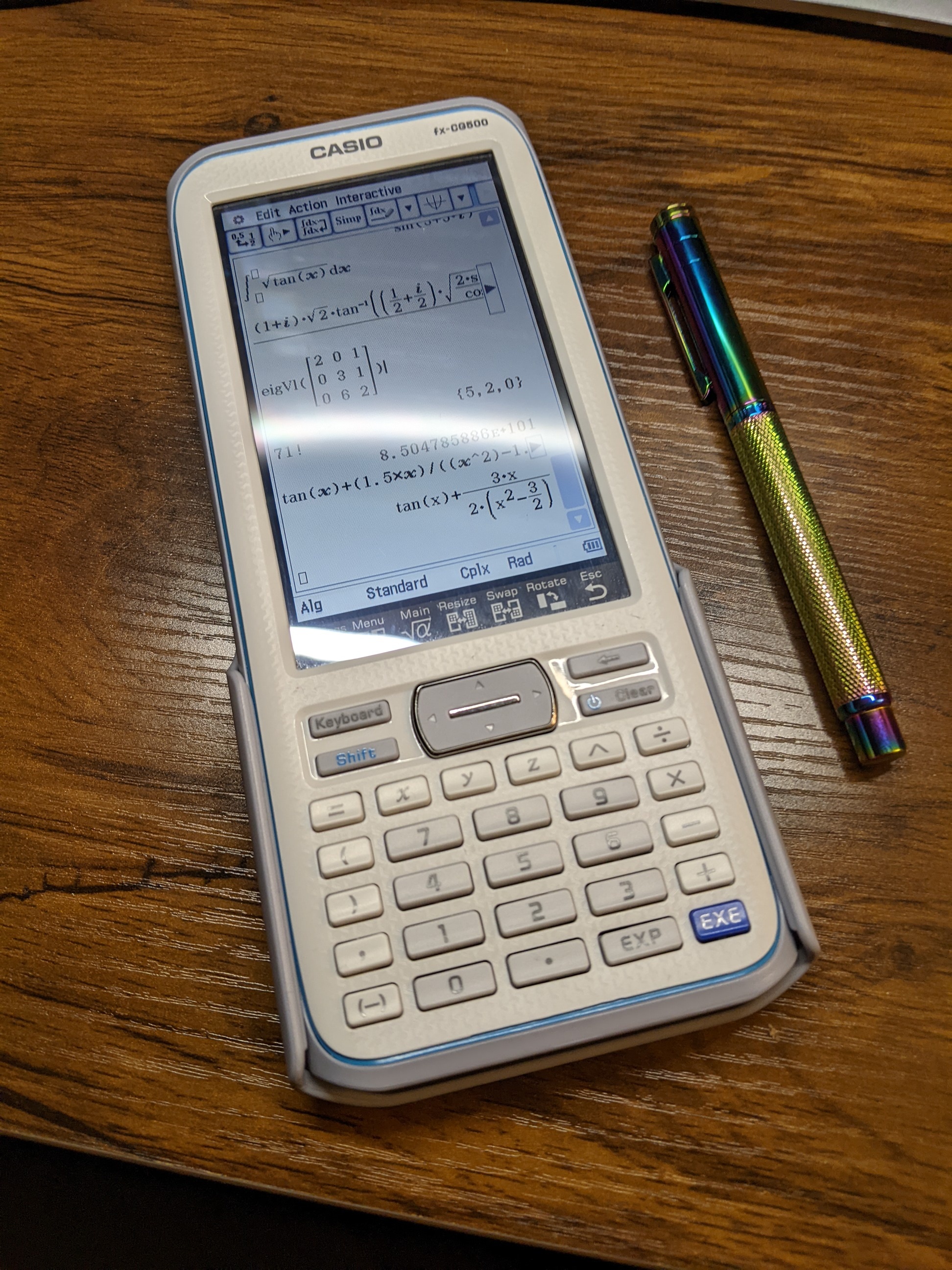
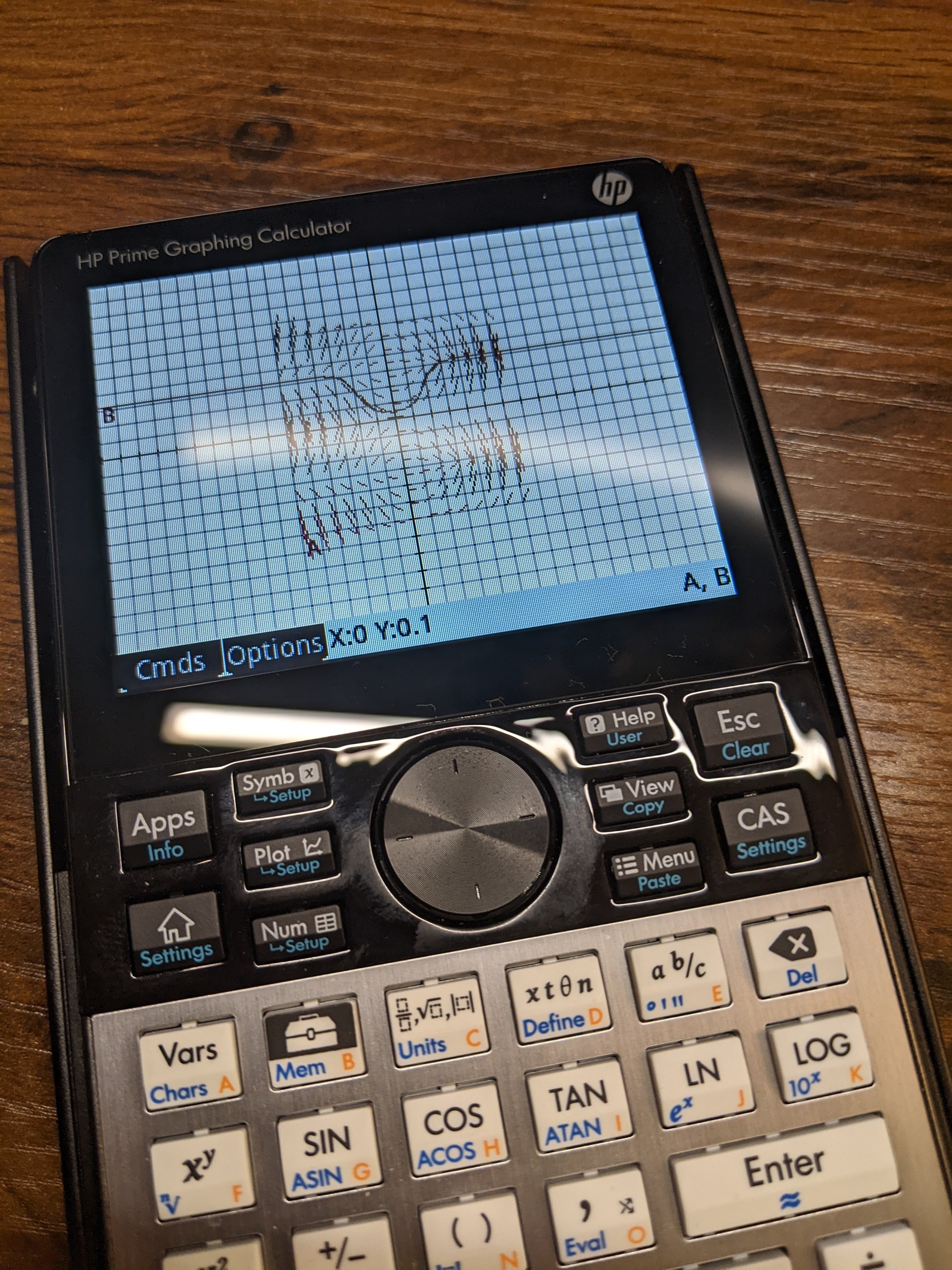
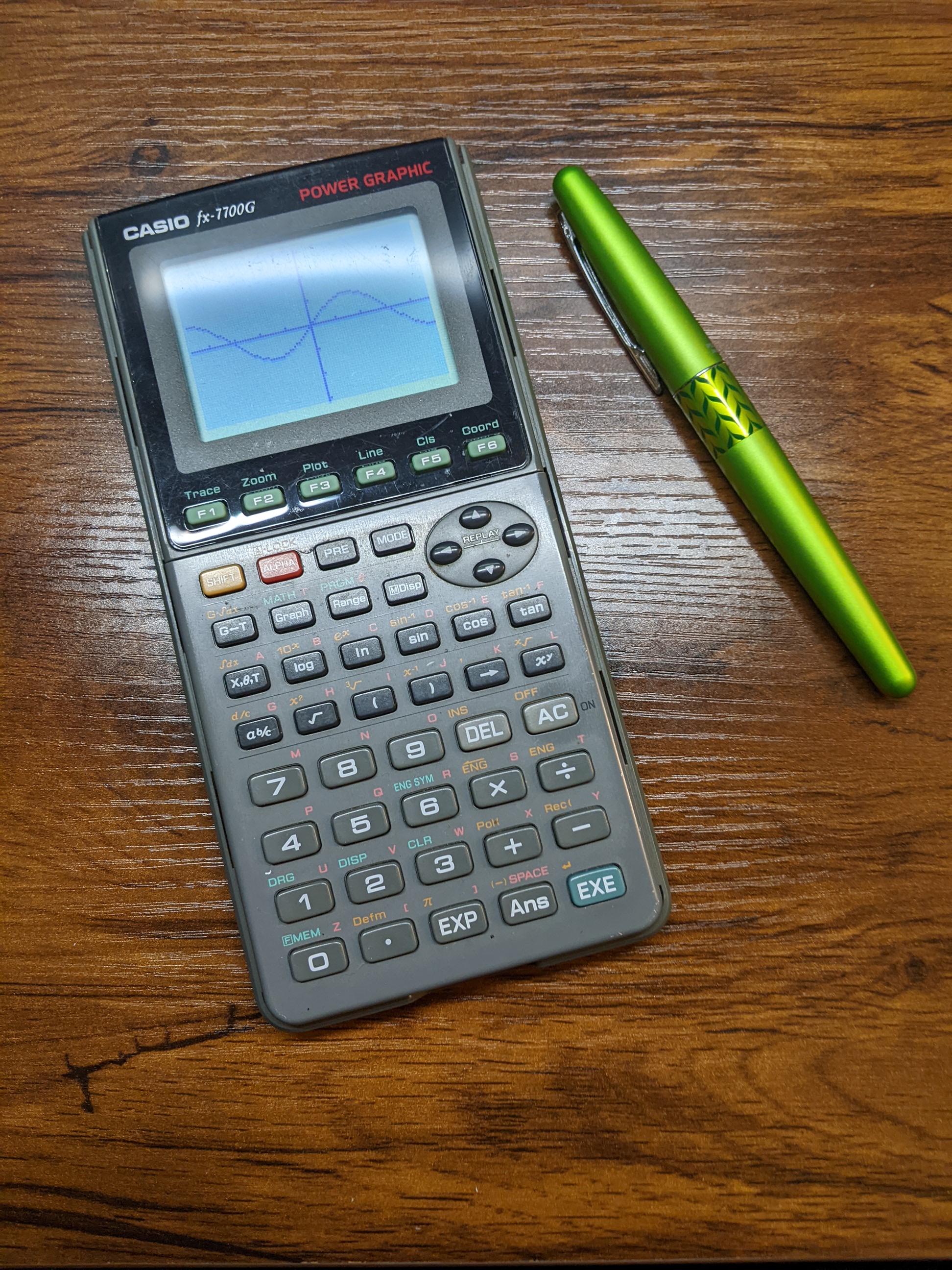
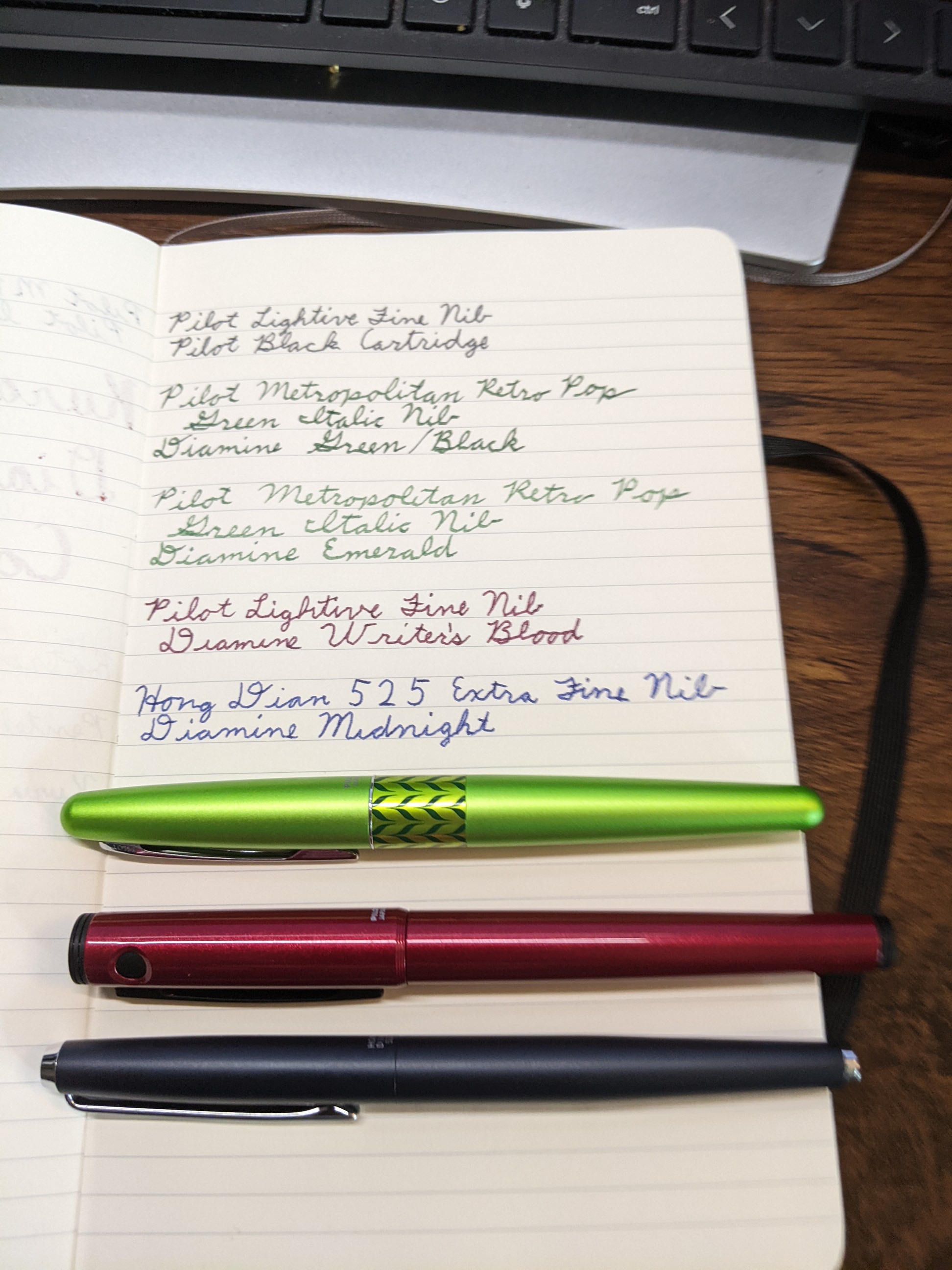
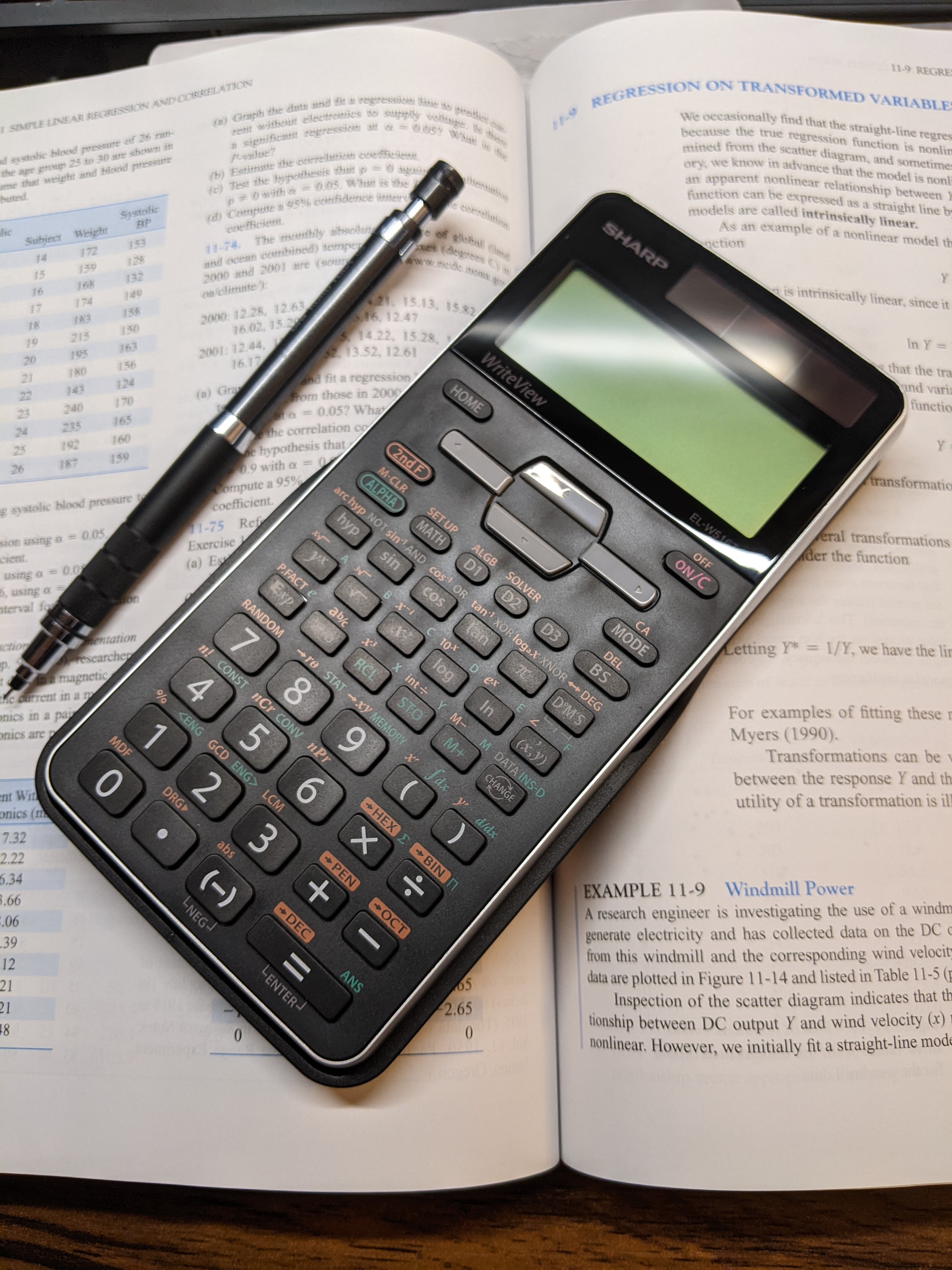





I have a Vac 700R, too. The TWSBI feels much more substantial than the V126, but it is also twice the price as well. I'd definitely recommend trying one out, though!